I am working on a project where I would like to power an RGB Led in a ambient light situation. I have prototyped this using an Arduino Leonardo and the led. Currently the project is plugged into the USB port of my computer, however I would like to use an Attiny 45 or 84 and AA batteries. I was originally thinking of using 3 AA non rechargeable batteries which would provide about 4.8 volts when fully charged. The issue is that the voltage will drop over time and I would like the led to be a constant brightness. A voltage regulator came to mind, but it would need to be efficient since I would like the batteries to last quite a while. I looked at some but was not sure the best one for my situation.
The led I am using is from SparkFun - SparkFun RGB led.
Another route would be to use two AA batteries and a step up board like is here SparkFun 3.3v breakout but again battery life is in question. I am not sure how to calculate battery usage through a step up board.
Long battery life in this situation means it would last for weeks, maybe months, of on and off use. I may be asking for the impossible with only 2 or 3 batteries though.
So my questions are would one of these options be better than the other? Would the brightness not change that much with 3 AA batteries and no voltage regulator? Would the batteries last a long time with the second option? Is there another option I have missed?
I am new to the hardware side of things, so any help is much appreciated!
